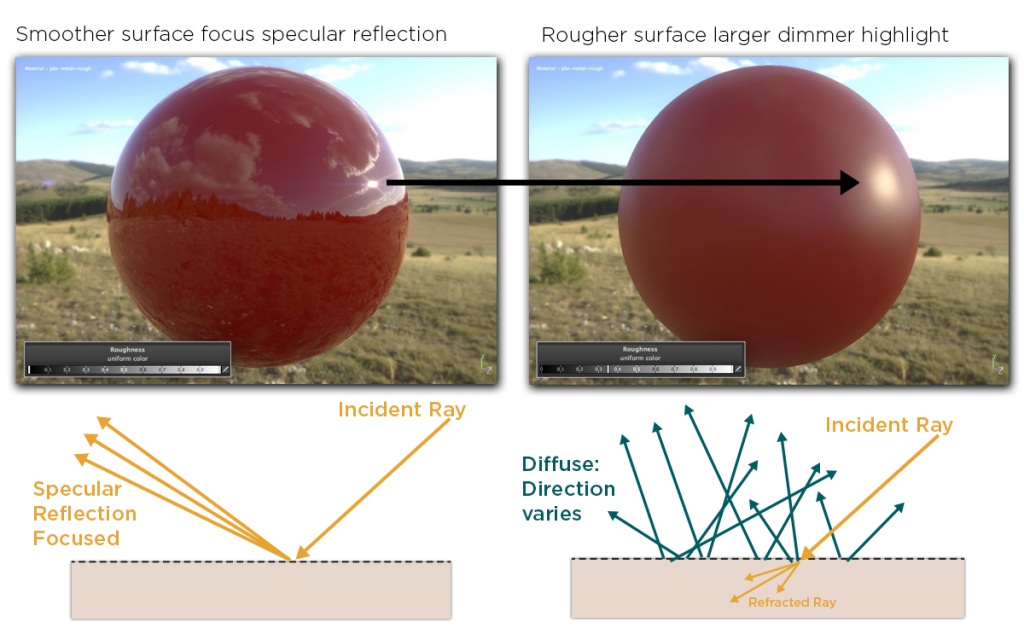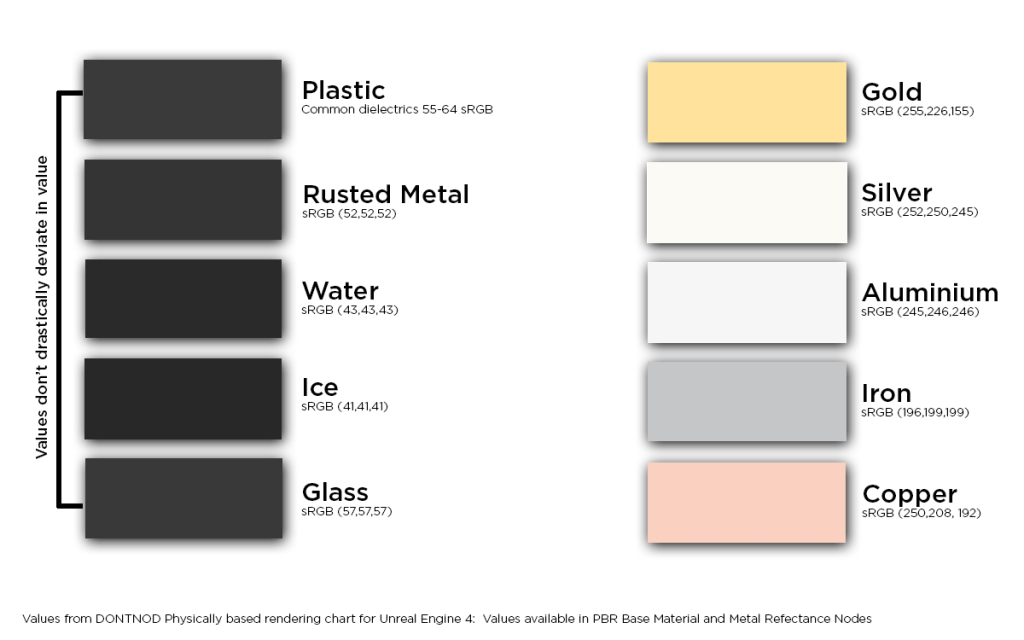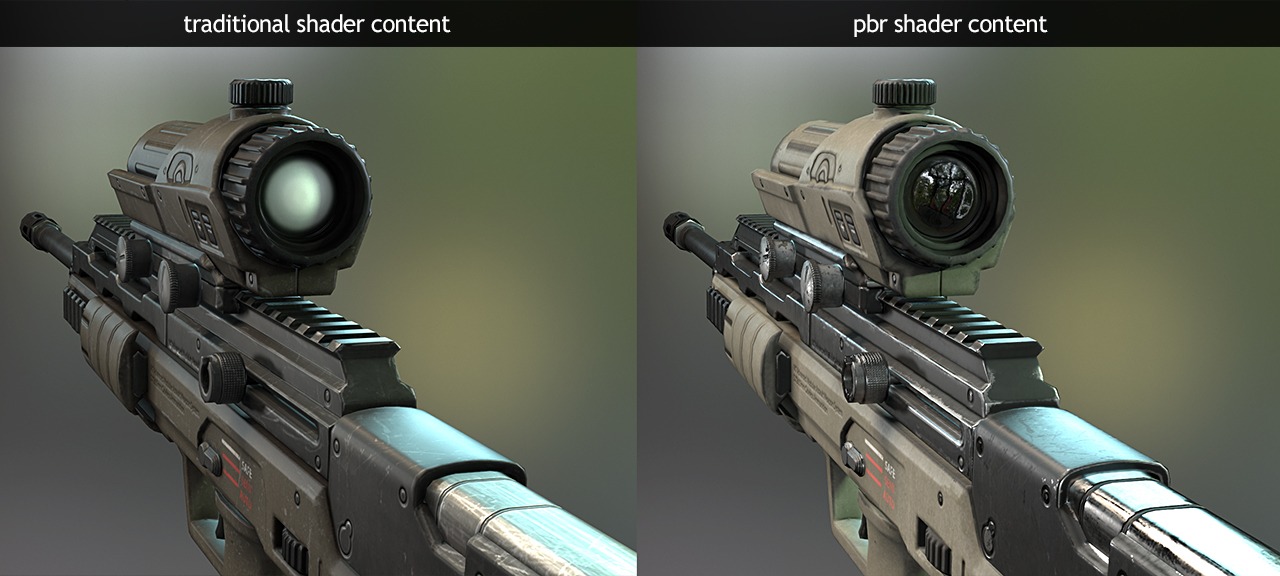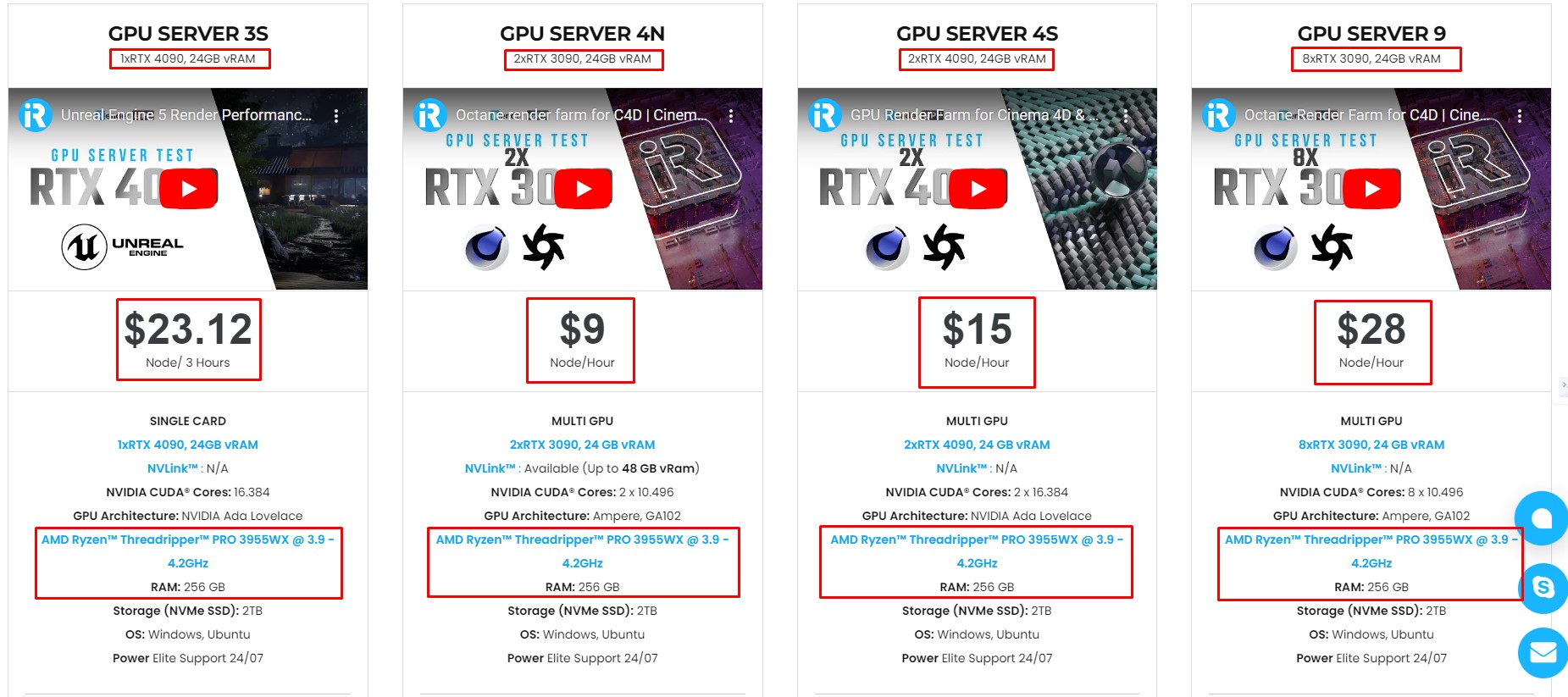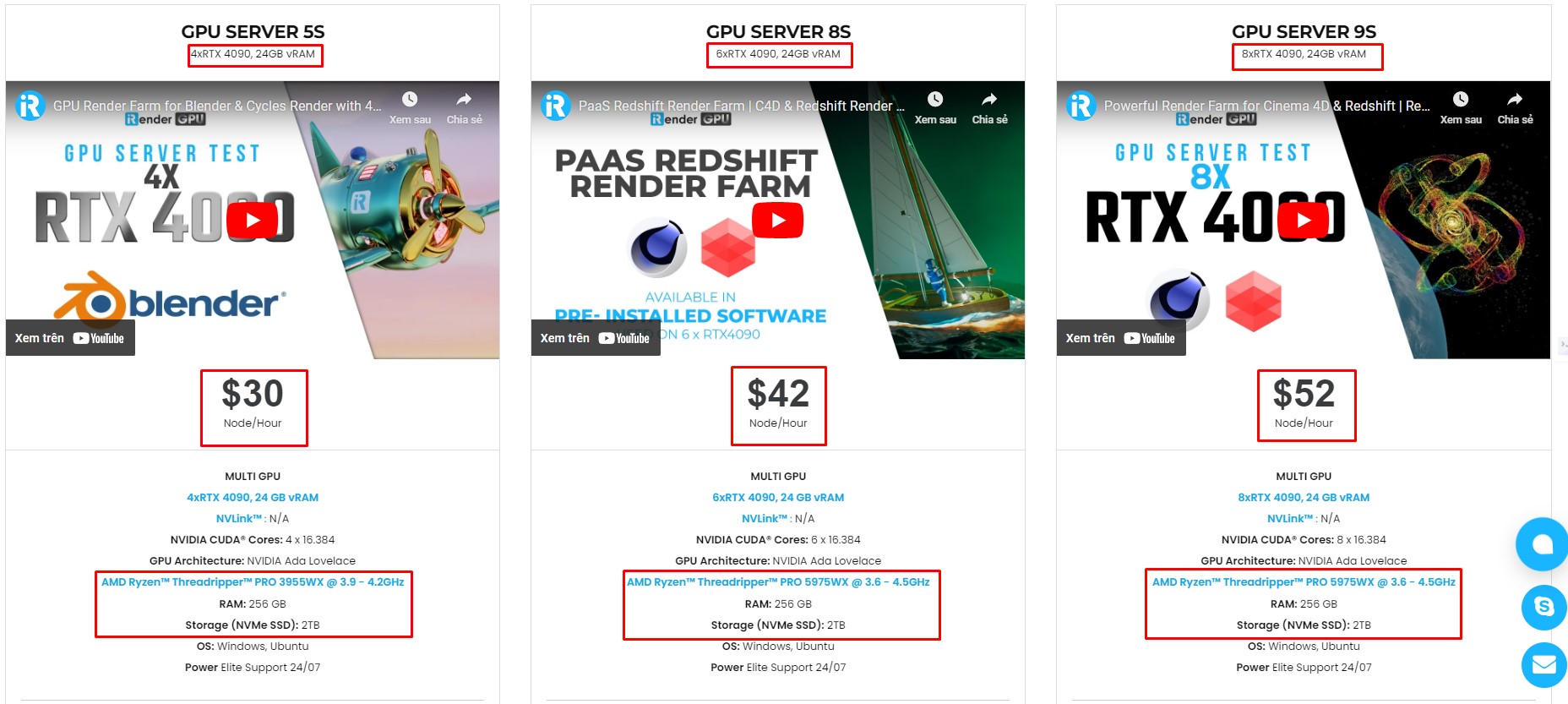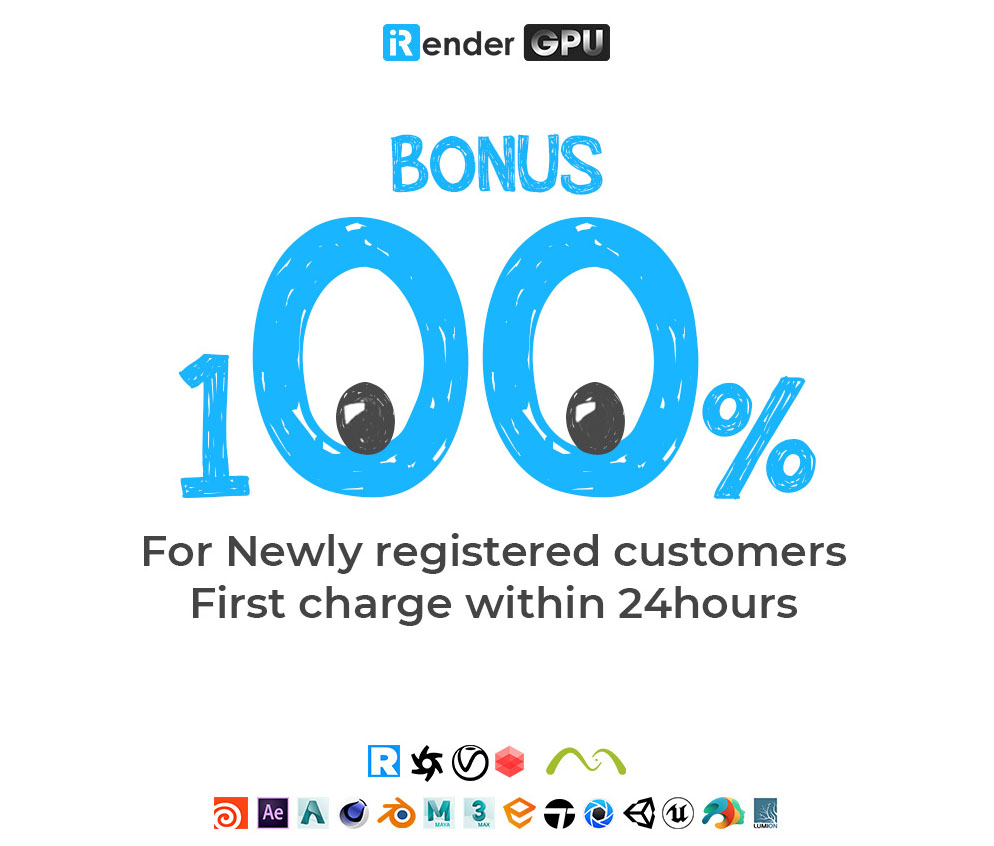Unlocking realism with Physically Based Rendering
Welcome to our blog, where we explore the fascinating world of digital graphics and the technologies that bring virtual creations to life. In this post, we will delve into the concept of Physically Based Rendering (PBR), a technique that has revolutionized the digital graphics industry.
As we navigate through the intricacies of PBR, we will uncover its significance and how it has become a cornerstone in the creation of realistic and visually stunning digital content. Join us as we embark on this journey to understand the impact of PBR in today’s digital graphics landscape, and discover why it is a game-changer for artists and developers alike.
What is Physically Based Rendering (PBR)?
Physically Based Rendering (PBR) is a set of methods to make 3D objects rendered from computers more realistic. It employs algorithms based on physically accurate formulas to replicate real-world materials, resulting in cohesive and photorealistic environments. Thanks to PBR, today we can see that the effects in games look no different from reality.
Physically based shading is paramount in PBR, as it encompasses simulating light interaction with surfaces to achieve realistic material rendering. By utilizing various shaders, including vertex and fragment shaders, PBR aims to accurately replicate the intricate behavior of the light ray and the surfaces around it, thus enhancing the visual fidelity and authenticity of rendered materials.
These shaders play a crucial role in calculating the reflection, refraction, and absorption of different wavelengths of incoming light, including reflected light. This contributes to the immersive and lifelike portrayal of materials within PBR-rendered scenes.
Key components of PBR
Diffuse and Reflection
When light hits a surface boundary some of it will reflect – that is, bounce off – from the surface and leave heading in a direction on the opposing side of the surface normal. This behavior is very similar to a ball thrown against the ground or a wall – it will bounce off at the opposite angle.
One of PBR key components is reflection, which characterizes how materials reflect light sources. It governs the reflective surface behavior, dictating how light interacts with materials to produce realistic highlights, specular reflections, and refracted light, adding depth and authenticity to rendered visuals.
In specular reflection, when light hits really smooth surfaces, we can easily understand how it behaves using two models: physical optics and geometric optics. These surfaces reflect and transmit light perfectly, meaning all the light goes in one direction. When light reflects off these surfaces, it bounces off in a way that the angle it makes with the surface is the same as the angle it came in.
Translucency and transparency
In some cases diffusion is more complicated – in materials that have wider scattering distances for example, like skin or wax. In these cases a simple color will usually not do, and the shading system must take into account the shape and thickness of the object being lit. If they are thin enough, such objects often see light scattering out the back side and can then be called translucent.
If the diffusion is even lower yet (in for example, glass) then almost no scattering is evident at all and entire images can pass through an object from one side to another intact. These behaviors are different enough from the typical “close to the surface” diffusion that unique shaders are usually needed to simulate them.
Energy Conservation
Maintaining energy conservation is a crucial component of physically-based shading. It enables artists to manipulate reflectivity and albedo values for materials without unintentionally defying physical laws, which usually results in unappealing visuals. Although it’s not strictly essential to enforce these constraints in code to create visually pleasing art, but it ensures artwork remains consistent and doesn’t overly stretch the rules under varying lighting conditions.
Metals
Electrically conductive materials, especially metals, deserve special mention for several reasons.
Firstly, they are significantly more reflective than insulators, with reflectivities of 60-90%, giving metals their characteristic shiny appearance. Insulators, on the other hand, typically have reflectivities in the range of 0-20%.
Secondly, the reflectivity of conductors can vary across the visible spectrum, causing their reflections to appear tinted. This phenomenon, though rare, can be observed in materials like gold, copper, and brass. Insulators generally do not exhibit this effect, and their reflections remain uncolored.
Lastly, electrical conductors tend to absorb rather than scatter light that penetrates their surface, resulting in minimal diffuse light. However, surface oxides or residues on metals can scatter small amounts of light. This unique behavior of metals has led some rendering systems to adopt “metalness” as a direct input, allowing artists to specify the degree to which a material behaves like a metal, simplifying the creation of realistic materials.
The Fresnel effect
The Fresnel effect, named after French physicist Augustin-Jean Fresnel, describes how light reflects off surfaces at varying angles. When light strikes a surface at a shallow angle (grazing angle), more light is reflected, making the surface appear shinier. Conversely, when light hits a surface at a steeper angle (closer to perpendicular), less light is reflected, resulting in a duller appearance.
This phenomenon is particularly significant in fields such as optics, computer graphics, and photography, as it helps create realistic renderings of materials like water, glass, and metal. By understanding and applying the Fresnel effect, artists and scientists can achieve a more accurate representation of how light interacts with different surfaces.
Advantages of PBR
- Physically based rendering (PBR) presents a host of benefits, including generated photorealistic images, intricate textures, and realistic lighting, elevating the quality and visual fidelity of rendered scenes.
- PBR enables the creation of visuals that closely resemble their real-life counterparts, contributing to a heightened level of immersion and authenticity. The utilization of visible light rays and surface normal in PBR contributes to the accurate simulation of real-world lighting effects.
- PBR facilitates a sustainable workflow, fostering the consistent creation of artwork while streamlining production processes, ultimately reducing production time and enhancing efficiency.
- This includes the accurate simulation of final light reflected and scattered on various surfaces, such as smooth and rough surfaces that interact with diffuse light realistically.
Applications of physically based rendering
Physically Based Rendering (PBR) has significantly influenced various sectors, including architectural visualization, video games, virtual reality (VR) and augmented reality (AR), film and animation, as well as product design and advertising.
- Architectural visualization: PBR plays a crucial role in creating realistic visualizations of architectural designs and environments.
- Video games: PBR techniques are widely used in the gaming industry to achieve realistic and immersive visuals.
- Virtual Reality (VR) and Augmented Reality (AR): PBR contributes to the realism of visual experiences in VR and AR applications.
- Film and animation: In the film and animation industry, PBR is employed to produce highly realistic special effects and computer-generated imagery (CGI). It allows for seamless integration of CGI with live-action footage, making fantastical scenes appear believable.
- Product design and advertising: PBR is utilized to create realistic product visualizations and compelling advertising materials.
iRender - The best cloud rendering service for your project
In physically based rendering (PBR), achieving photo-realistic images demands immense computational power and advanced graphics hardware. Enter iRender, a cutting-edge cloud rendering platform that empowers artists and designers by providing access to high-performance GPU servers. With iRender, users can harness the power of top-tier NVIDIA GPUs, enabling them to render complex scenes with unparalleled speed and precision. This seamless integration of PBR with iRender’s robust infrastructure not only accelerates the rendering process but also ensures that every intricate detail is captured with stunning realism.
iRender provides high-configuration servers that increase CPU and GPU rendering speeds. We offer the most powerful RTX 4090 configuration packages on the market, all equipped with AMD RyzenTM ThreadripperTM PRO 3955WX @ 3.9 – 4.2GHz and AMD Ryzen™ Threadripper™ PRO 5975WX @ 3.6 – 4.5GHz processors, 256GB RAM and 2T NVMe SSD hard drive capacity. With a wide range of GPU servers (1/2/4/6/8x) – RTX 4090, you can choose the server that suits your needs to start the rendering process.
Currently, iRender offers a special promotion for new users, a 100% bonus program for the first deposit within 24 hours of registration. Just register and get our best deal now!
For more detailed information, please contact us via Live chat 24/7 or WhatsApp: +(84)915875500 or Email: [email protected]
iRender – Happy rendering!
Reference: chaos.com, marmoset.co
Related Posts
The latest creative news from Vray Cloud Rendering


